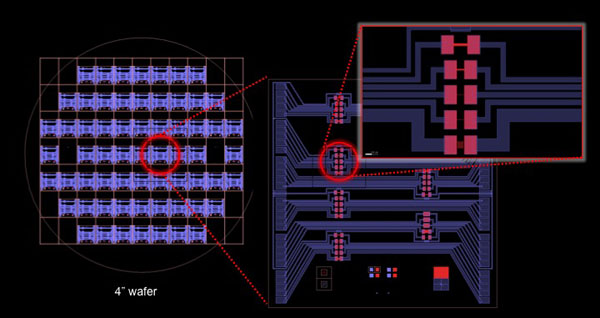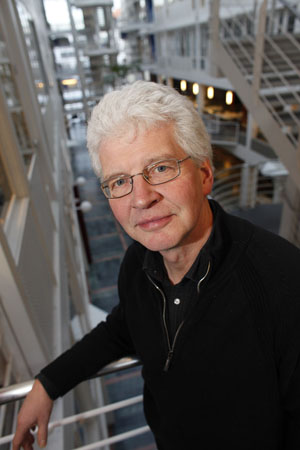Microfluidics and Nanotech Research Aims for New Cancer Diagnostics
RESEARCH NEWS
KTH is home to a new research project in droplet microfluidics and nanowire technology, aiming to develop techniques for rapid detection of cancer cells circulating in patients’ blood. The team has set an ambitious target of a clinical sensitivity of one cancer cell per millilitre of blood.

It will take years of research and commercial development, but the new team at KTH could one day give doctors a powerful new tool in early cancer detection and patient monitoring during treatment. One of the few things all cancers have in common is that earlier diagnosis means improved treatment prospects.
Established jointly with Karolinska Institute, Uppsala University, and the non-profit Swedish research institute Acreo, the project has received funding from the Knut and Alice Wallenberg Foundation.

Identifying single cancer cells among the approximately 5 million blood cells in a millilitre will be no simple task. “This is high-risk, high-gain research,” says Jan Linnros, Professor of Materials Physics and an expert in nanotechnology. “It will be expensive and time-consuming, and there’s no guarantee of success. But if we hit our targets, we might make a real contribution to cancer survival rates down the road.”
The project will develop “lab-on-a-chip” technology that scales down multiple laboratory functions to microchip size. The fundamental mission is to pick out suspect blood cells by targeting certain proteins on their surfaces, and then funnel those cells in single file along tiny nanowires where they can be further analysed.
“Existing technologies can detect groups of cancer cells in a sample, and we’re trying to take that further by counting individual cells,” explains Linnros. “We also hope to improve on existing analytical tools by blasting suspect cells apart with a laser to get a look at the proteins and DNA strings inside.”
The initial project team pulls together nine eminent KTH, Karolinska and Uppsala University professors in fields ranging from nanotechnology and solid-state electronics to gene technology, biotechnology and oncology. Microfluidics, itself a multidisciplinary field intersecting several major scientific disciplines, is perhaps most visible to the general public in the inkjet printers now found in offices and commercial cash registers everywhere.
Linnros says the chance to work with highly skilled colleagues from such diverse disciplines has a lot to do with his interest in the research. “I have to get my physics brain to understand chemists and biotechnicians. We speak different languages, but that also means we’re able to learn a lot from one another. This kind of collaboration leads to new research opportunities.”
By Kevin Billinghurst | kb2@kth.se

